Contents
UNESCO World Heritage Sites in Japan showcase the country’s rich history, natural wonders, and spiritual heritage. From ancient temples to pristine forests, these sites reveal Japan’s unique culture and landscapes. Whether you’re exploring historic castles or walking sacred pilgrimage routes, Japan’s World Heritage Sites offer unforgettable experiences that connect travelers to its past and present
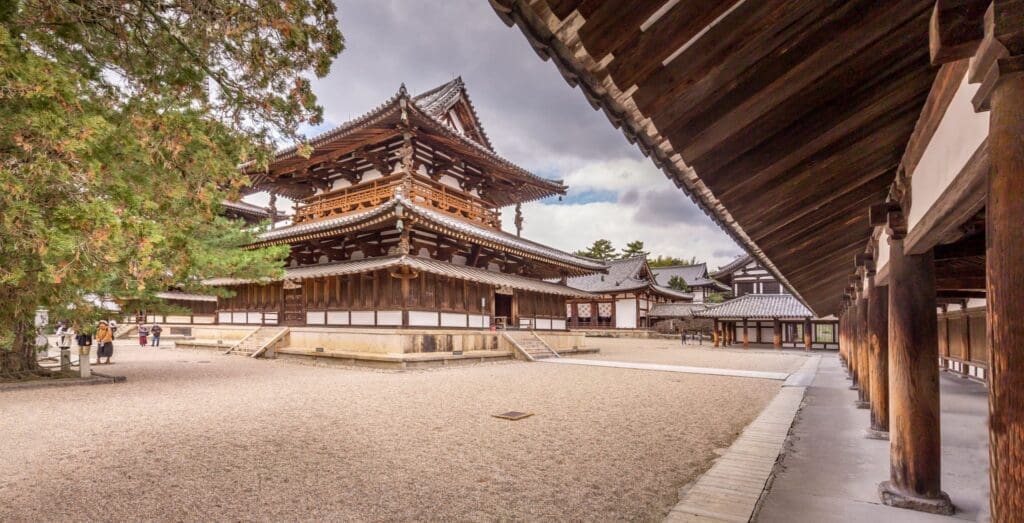
Why it’s epic: The world’s oldest surviving wooden structures gate, main hall, and pagoda built around the 7th century. A living testament to early Buddhist architecture. This collection includes 48 structures such as the Kondō (Main Hall), five-tier pagoda, Taishi Hall, and Gate dating back to the 7th century. They are among the youngest surviving wooden buildings of their era, representing the earliest Buddhist architecture in Japan. These sites reflect how Chinese-influenced design was adapted into a uniquely Japanese spiritual and aesthetic context. It’s Japan’s first-ever UNESCO-listed site, inscribed in December 1993.
Why visit: You’re standing amid living history. These structures offer both architectural beauty and historical depth.
Travel tip: Arrive early to beat crowds and feel the calm of the temple grounds.

Why it’s epic: Known as the “White Heron Castle”. Himeji is one of the finest surviving feudal fortresses in Japan. It is fully intact and has been impressively preserved since 1993. Also inscribed in December 1993, Himeji Castle, known as “White Heron Castle,” is one of the best-preserved feudal castles in Japan, admired for its elegant white walls, maze-like defensive design, and original wooden structures. It survived bombings, earthquakes, and time itself intact.
Why visit: It’s a masterpiece of castle defense engineering—and photogenic against a backdrop of cherry blossoms.
Travel tip: Visit in early spring for cherry-blossom views and allow several hours to explore fully, including its gardens and complex courtyards.
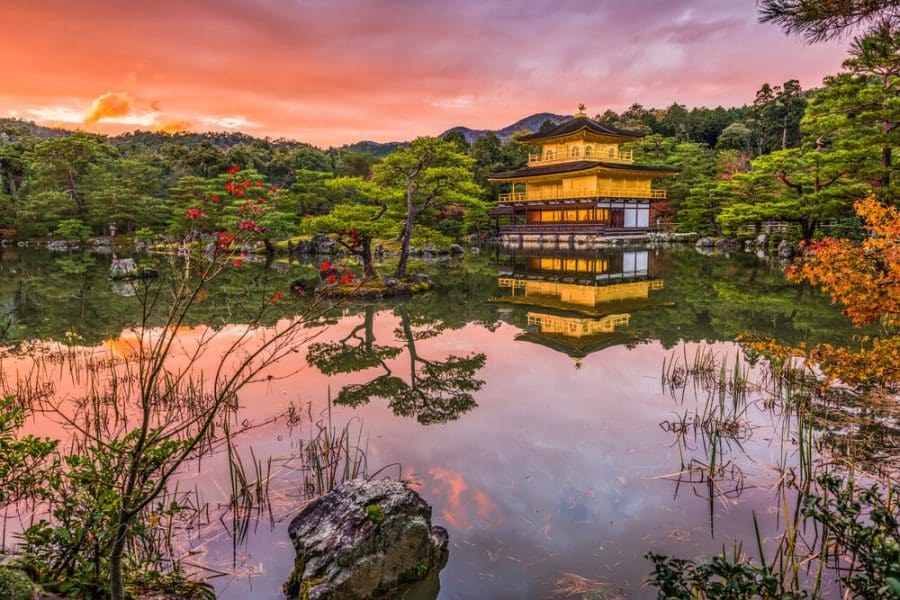
Why it’s epic: A collection of 17 iconic sites including Kinkaku-ji, Ginkaku-ji, Kiyomizu-dera, Nijo Castle, and Ryoan-ji that encapsulate Kyoto’s 1,200 years as Japan’s capital. Inscribed in 1994, this listing includes 17 major cultural sites, 13 Buddhist temples, 3 Shinto shrines, and Nijō Castle spread across Kyoto, Uji, and Ōtsu. Highlights include Kinkaku-ji, Ginkaku-ji, Kiyomizu-dera, Byōdō-in, Ryoan-ji, and Ninna-ji. Together, they feature 38 National Treasures, 160 Important Cultural Properties, and stunning gardens and landscapes.
Why visit: Kyoto’s history and artistry are concentrated here.
Travel tip: Spend two relaxed days you’ll absorb so much more if you focus on a handful of monuments per day.
Why it’s epic: Home to Tōdai-ji, Kōfuku-ji, Kasuga Taisha, and more, Nara was Japan’s ancient capital, offering a serene and spiritual glimpse into early Japanese culture. Inscribed in 1998, this UNESCO site includes major landmarks like Tōdai-ji, Kasuga Taisha, Kōfuku-ji, Yakushi-ji, and the Heijō Palace ruins the core of Nara’s period as Japan’s ancient capital. Combined with Kasugayama primeval forest and deer roaming Nara Park, visitors receive a calm spiritual and historic experience.
Why visit: You’re walking through Japan’s earliest capital and its imperial-era spirituality.
Travel tip: Combine temple visits with deer feeding in Nara Park, and don’t send Tōdai‑ji’s Daibutsu (Great Buddha) without respectful reflection
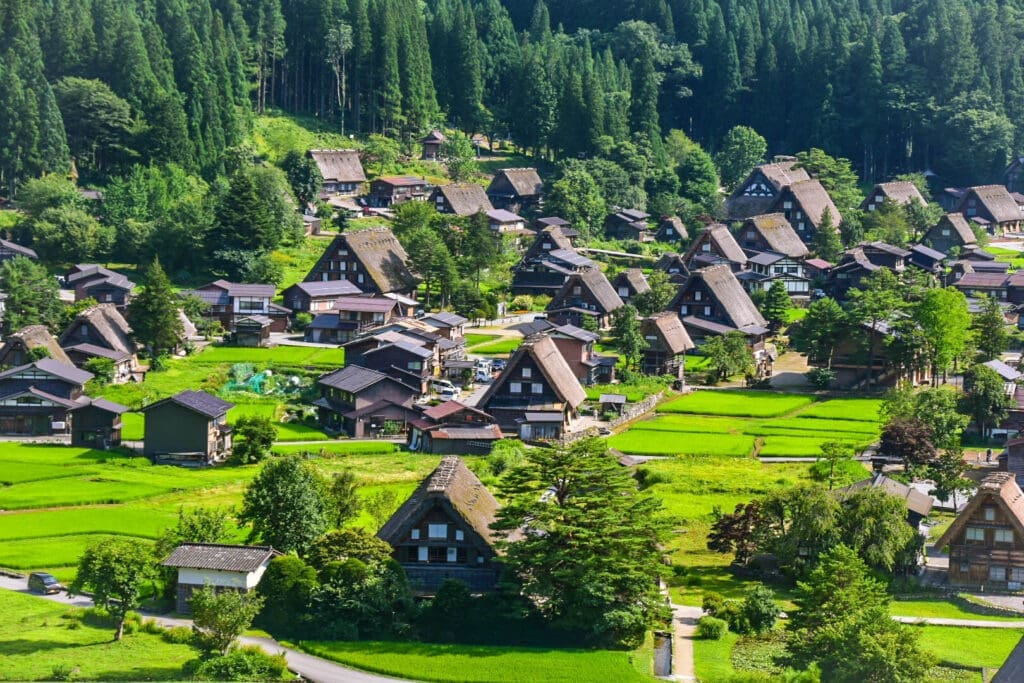
Why it’s epic: Remote villages with gassho-zukuri thatched-roof homes built to survive heavy snowfall. A rural time capsule since 1995. These remote mountain villages are celebrated for gassho-zukuri, agricultural houses built with steep thatched roofs designed to withstand snow. They offer a glimpse of rural Japan’s traditional architecture untouched by modernization since 1995.
Why visit: They feel like stepping into a living history painting.
Travel tip: Winter transforms the villages into a snowy wonderland; spring brings fresh greenery. Stay in a local minshuku to really experience village life.
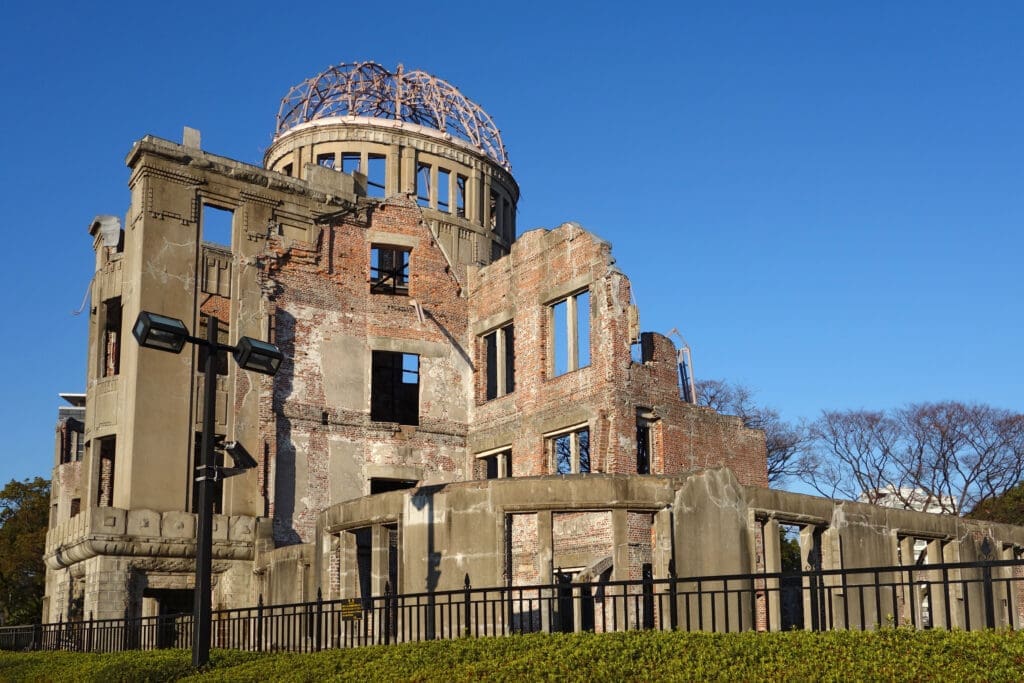
Why it’s epic: The preserved ruin of the Hiroshima Prefectural Industrial Promotion Hall stands as a haunting reminder of WWII’s atomic bombing in 1945 and promotes global peace.The preserved ruins of the Hiroshima Prefectural Industrial Promotion Hall serve as a powerful symbol of peace and resilience, standing just as it did the morning after the atomic blast August 6, 1945. The surrounding Peace Memorial Park and museum contextualize the tragic impact and Japan’s reconciliation message.
Why visit: It’s a moving and unforgettable memorial to human loss and hope.
Travel tip: Visit both the dome and the museum; the latter provides historical insight that deepens the emotional experience.
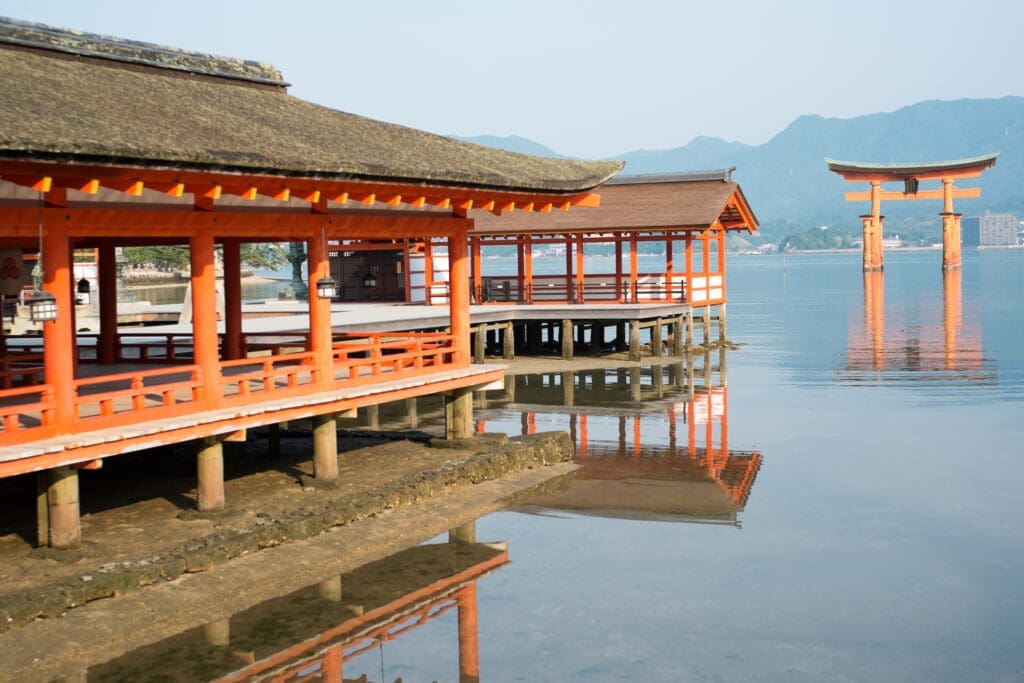
Why it’s epic: Known for its iconic floating torii gate, this seaside Shinto shrine is a breathtaking spectacle at high tide. Located on Miyajima Island, this iconic Shinto shrine is famous for its “floating” torii gate, which appears to hover over the water at high tide. The complex includes a boardwalk, prayer hall, nō stage, and ceremonial buildings built since the 12th century.
Why visit: The shrine blends nature, spirituality, and architecture in stunning harmony.
Travel tip: Visit at sunrise or sunset to capture the gate’s mirror reflection, or enjoy the beauty of its illuminated evening view.
Already covered in #1.
Tucked away in the quiet elegance of Nara, you’ll find a remarkable collection of 48 ancient wooden structures each whispering stories from the 7th century. Among them are icons like the stately Kondō (Main Hall), the graceful five-story pagoda, the reverent Taishi Hall, and the welcoming temple gate. These are some of the oldest wooden buildings still standing today, not just in Japan, but anywhere in the world.
More than just relics, these buildings mark the dawn of Buddhism in Japan. Influenced by Chinese temple architecture yet reimagined through a distinctly Japanese lens, they capture the country’s earliest spiritual and artistic expressions. It’s no surprise this became Japan’s very first UNESCO World Heritage Site, officially recognized in December 1993.
Why go: Because it’s not every day you get to walk through 1,300 years of living history. The architecture is breathtaking, but it’s the quiet reverence of the place that lingers with you.
Travel tip: Arrive early in the morning, when the temple grounds are peaceful and almost meditative. Be sure to stop by the on-site museum home to exquisite ancient statues, including the serene Kudara Kannon, a true masterpiece of Buddhist sculpture.
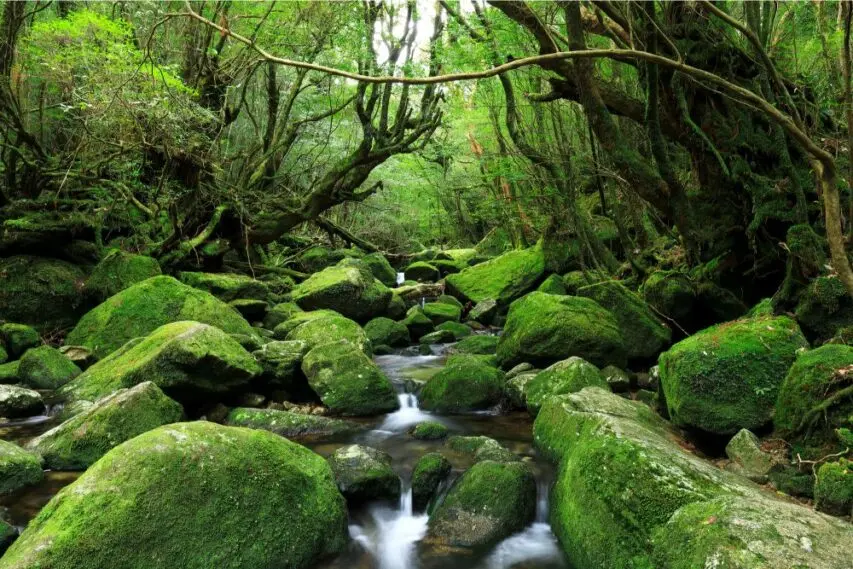
Why it’s epic: A primordial island covered in ancient cedar forests home to the 7,000‑year‑old Jomonsugi tree .Yakushima Island, inscribed in December 1993, is celebrated for its ancient cedar forests, including Jōmon-sugi, possibly over 1,000–7,000 years old, and diverse ecosystems ranging from subtropical beaches to mountainous moors. It’s a biodiversity hotspot with rare plant and animal species.
Why visit: It’s like stepping into another era lush, humid, green, and untouched.
Travel tip: Book a guided hike via Shiratani Unsui Gorge early; summer offers dense greenery, while winter transforms the landscape with mist and moss.
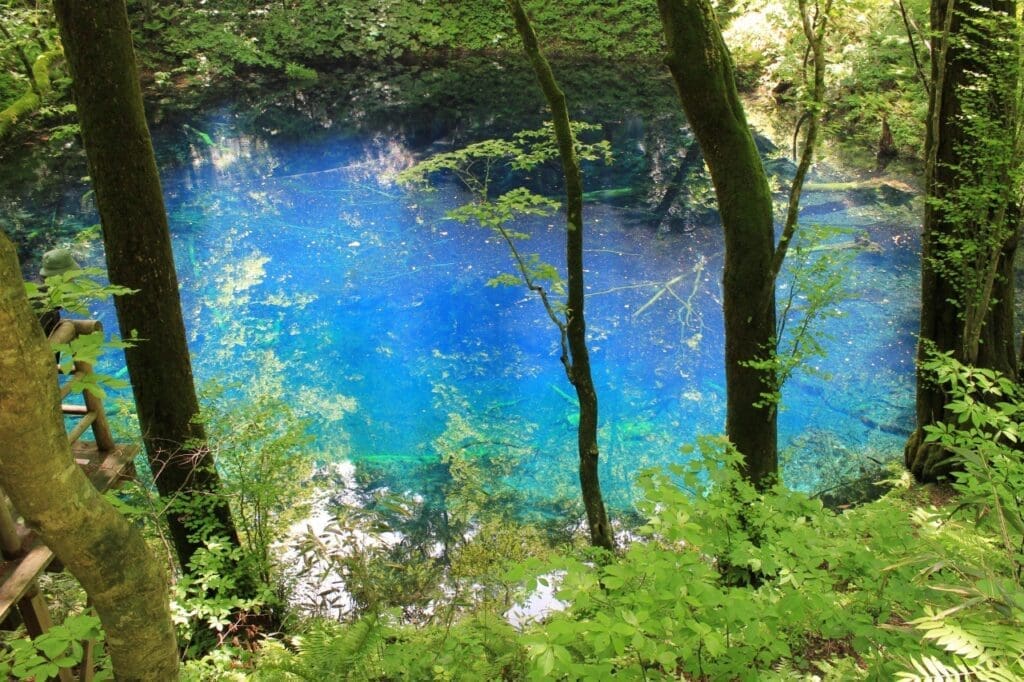
Why it’s epic: The largest remaining virgin beech forest in East Asia, emblematic of northern Japan’s primeval wilderness. This UNESCO site covers the largest remaining virgin Siebold’s beech forests in East Asia and is one of Japan’s first natural sites to be listed. Spanning 16,971 ha, it shelters wildlife like Japanese black bears, macaques, serows, and over eighty bird species.
Why visit: It delivers untamed wilderness with true old-growth forests and no crowds.
Travel tip: Obtain permission to explore the forest core, and hike to scenic Anmon Falls or visit the taiga virgin forest sections.
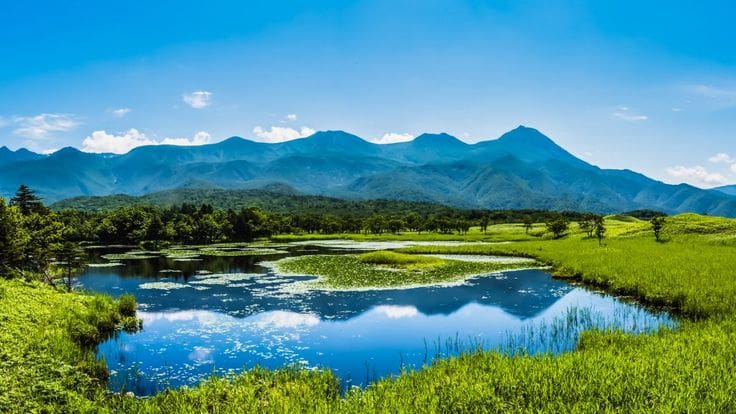
Why it’s epic: One of Japan’s most pristine natural reserves, home to wildlife like brown bears and sea eagles. Inscribed in 2005, Shiretoko is one of Japan’s most pristine natural areas. It features seasonal sea ice, dense forests, coastal cliffs, and wildlife including brown bears, sea eagles, and marine mammals. It’s the southernmost region in the Northern Hemisphere where sea ice forms naturally.
Why visit: Antarctica vibes in Japan untouched land and sea, dramatic wildlife encounters.
Travel tip: Whale- and bear-watching tours run in summer; winter offers distinctive sea-ice landscapes but limited access.
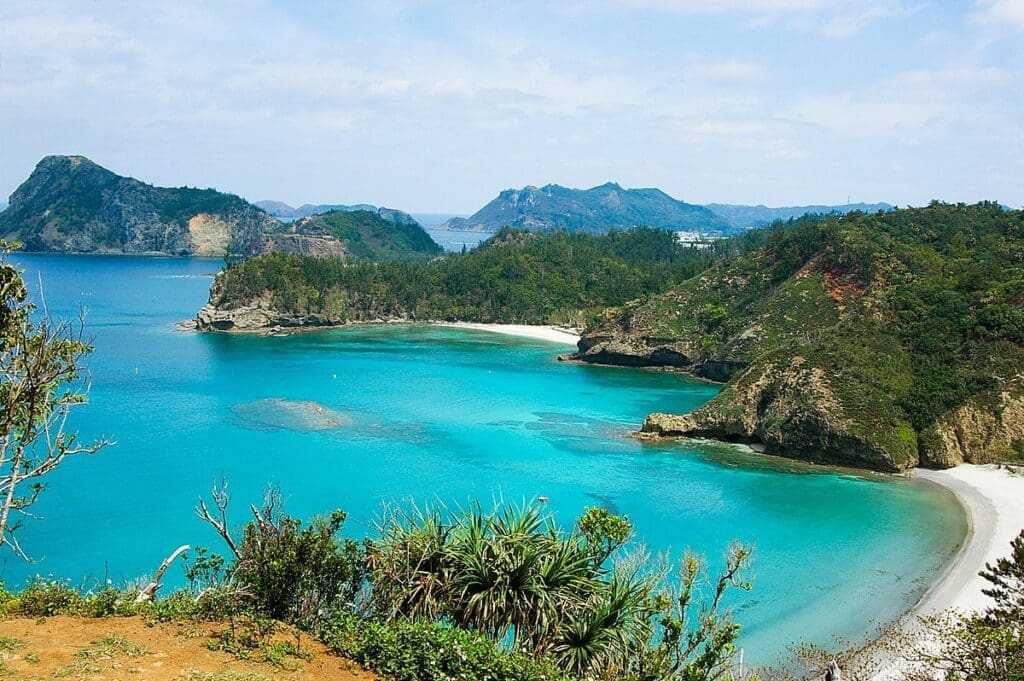
Why it’s epic: Remote South Pacific islands with unique subtropical wildlife accessible only by a 24-hour ferry. The Ogasawara Islands, also known as the Bonin Islands, are a remote archipelago located about 1,000 kilometers (620 miles) south of Tokyo in the Pacific Ocean. Despite their distance, they are administratively part of Tokyo Metropolis.
Why visit: The islands are home to a high percentage of endemic species plants, birds, insects, and land snails found nowhere else in the world. Their isolation over millions of years has made them an evolutionary laboratory, like the Galápagos Islands.
Tip: Book the ferry well in advance capacity is limited!
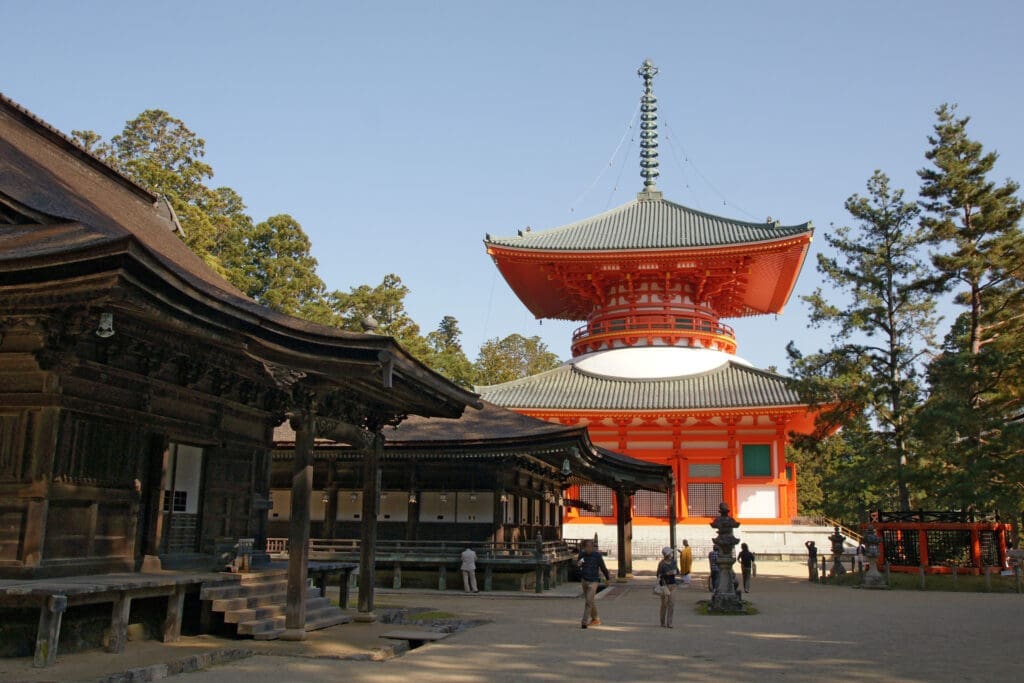
Why it’s epic: Spiritual footpaths including the Kumano Kōdō, Koyasan, Yoshino, and Nachi routes used for over a thousand years.This UNESCO property links the Kumano Kodō pilgrimage trails with sacred shrines such as Kumano Hongū Taisha, Nachi Taisha, and Koya‑san. Pilgrims have walked these routes for over a millennium, blending mountain spirituality with nature immersion.
Why visit: A trek through ancient pilgrimage routes, forested valleys, hot springs, and traditional lodging (shukubō).
Travel tip: Plan a multi-day route combine climbing, baths, spiritual stops, and overnight temple stays.
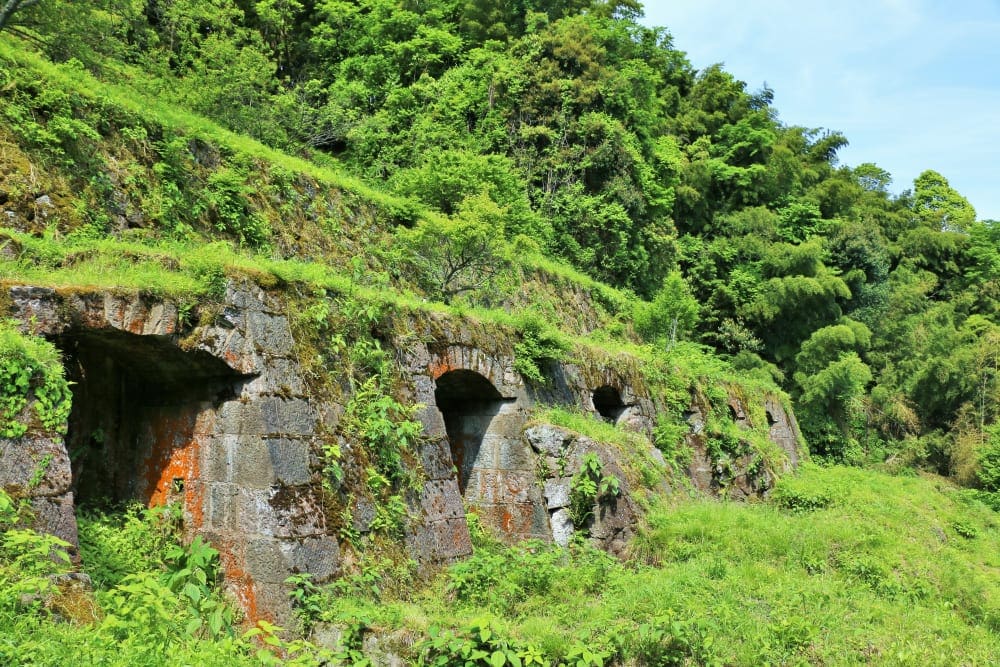
Why it’s epic: Once the largest silver mine in Japan (16th–20th century), complete with mining structures and historical landscapes. Recognized in 2007, this former silver mine was once the largest in Japan, and its cultural landscape features intact mine tunnels, processing towns, temples, and local ecosystems. Its heritage reflects centuries of global trade and technological progression.
Why visit: Industrial history meets sacred landscape in a preserved mining region.
Travel tip: Visit a local museum to learn extraction techniques, then walk through preserved tunnels and traditional mining villages.
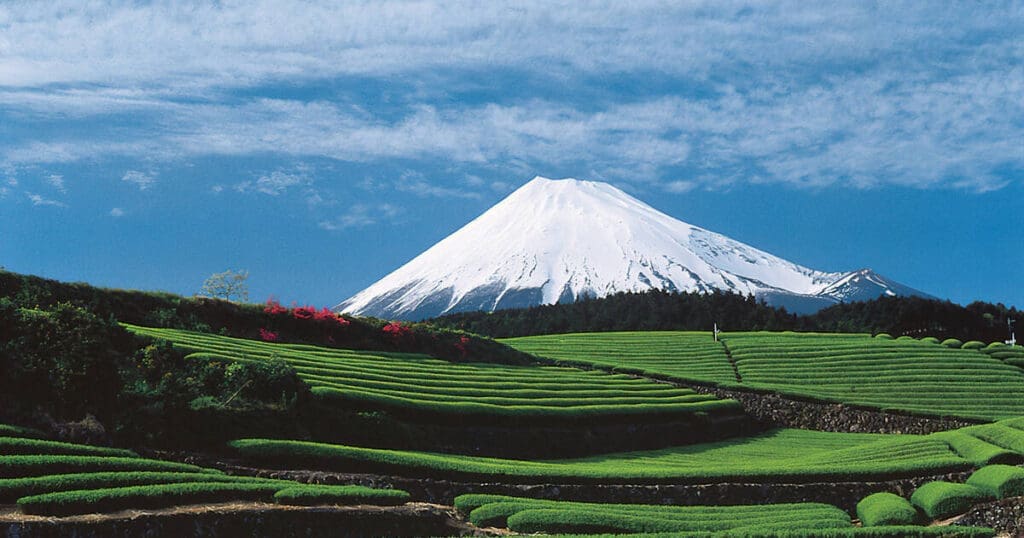
Why it’s epic: Japan’s highest peak and an enduring symbol of national and artistic reverence. Climb or view from afar at sunrise. Designated in 2013, Mount Fuji and its associated cultural sites include Fujisan Hongū Sengen Taisha Shrine, Mt. Fuji Five Lakes, and outer pilgrimage trails. While naturally majestic, it’s classified as a cultural site due to its deep spiritual and artistic influence across Japan’s history.
Why visit: Japan’s iconic peak ritual pilgrimage, breathtaking scenery, and artistic legacy in one.
Travel tip: Climbing season runs July through September; off-season views from lakes or shrines are just as inspiring, minus the crowds.
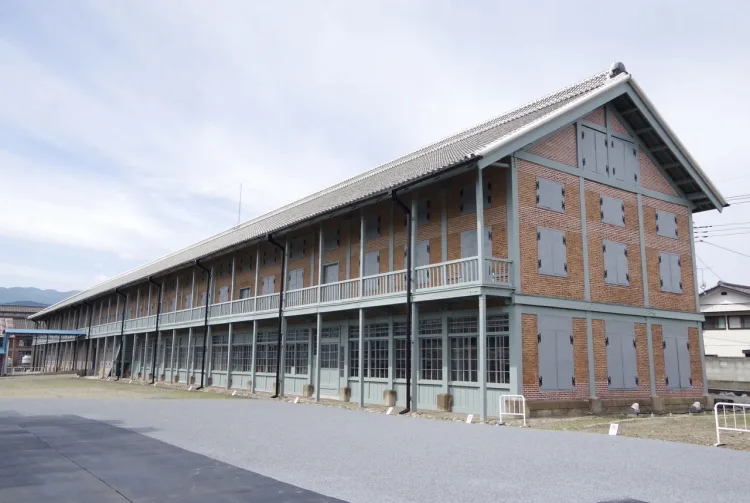
Why it’s epic: Japan’s first modern silk mill (1872), marking the nation’s leap into industrial modernization. The Tomioka Silk Mill symbolizes Japan’s transition from a feudal society into a modern industrialized nation. At the time, silk was a major export commodity, and this factory played a central role in boosting silk quality and productivity, ultimately helping Japan compete in global markets. The facility pioneered the use of Western machinery, contributing to innovation in textile manufacturing and labor organization, especially for women.
Travel Tip: Watch vintage silk-reeling machines and explore multiple factory sites. Usually open daily, but closed on certain holidays check before visiting.
Quick Reference Table
| Site | Category | Year | Location |
| Horyu-ji | Cultural | 1993 | Nara |
| Himeji Castle | Cultural | 1993 | Hyogo |
| Kyoto Monuments | Cultural | 1994 | Kyoto/Uji/Otsu |
| Nara Monuments | Cultural | 1998 | Nara |
| Shirakawa-go | Cultural | 1995 | Gifu/Toyama |
| Hiroshima Dome | Cultural | 1996 | Hiroshima |
| Itsukushima | Cultural | 1996 | Hiroshima |
| Yakushima | Natural | 1993 | Kagoshima |
| Shirakami-Sanchi | Natural | 1993 | Aomori/Akita |
| Shiretoko | Natural | 2005 | Hokkaido |
| Ogasawara | Natural | 2011 | Tokyo |
| Kii Range | Cultural | 2004 | Mie/Nara/Wakayama |
| Iwami Ginzan | Cultural | 2007 | Shimane |
| Fujisan | Cultural | 2013 | Yamanashi/Shizuoka |
| Tomioka Silk Mill | Cultural | 2014 | Gunma |
These destinations reflect Japan’s natural marvels, spiritual traditions, historical milestones, and arts-and-industry progress. From ancient forests to Buddhist temples and industrial icons, each spot tells part of Japan’s layered, multifaceted story.
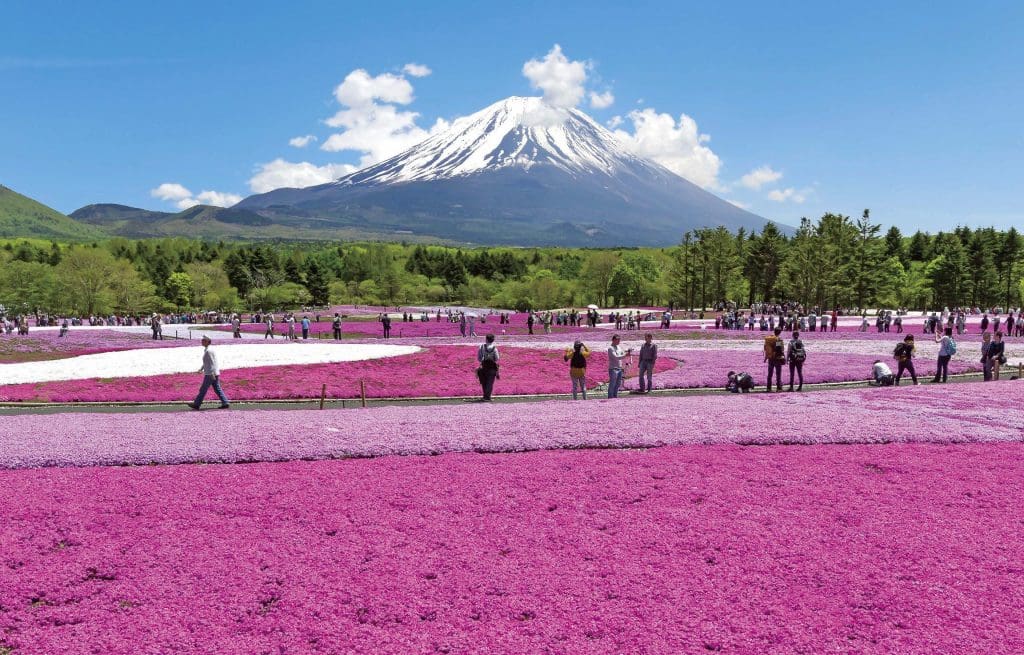
Japan has 26 World Heritage Sites (21 cultural, 5 natural)
Start in Kyoto/Nara for cultural immersion, then head south (Hiroshima, Miyajima), north for nature (Shirakami, Yakushima), and circle back through mountains or industry sites.
For popular or remote sites like Yakushima, Ogasawara, and Kii pilgrimage, yes—plan ahead.
Most are, though Fujisan climbing is seasonal (July–Sept). Trails in remote areas might be closed in winter.
These 15 epic UNESCO World Heritage Sites in Japan offer more than just beautiful vistas—they immerse you in Japan’s soul: its history, spirituality, nature, and culture. Craft your adventure wisely, blend city discoveries with wild escapes, and let every location share its unique story. Japan’s world heritage journey awaits—beyond bucket-list photos.
In conclusion, Japan’s UNESCO World Heritage Sites offer a unique blend of history, culture, and natural beauty. From the Kii Mountains’ spiritual paths to Shirakawa-go’s peaceful villages, there’s no shortage of places to explore. Planning your trip with a digital SIM in Japan allows you to stay connected, access maps, check transportation schedules, and share your adventures with ease.
Whether you’re drawn to ancient temples, sacred pilgrimage routes, or stunning natural landscapes, Japan’s World Heritage Sites provide an unforgettable travel experience connecting you with this incredible country’s heart and soul.